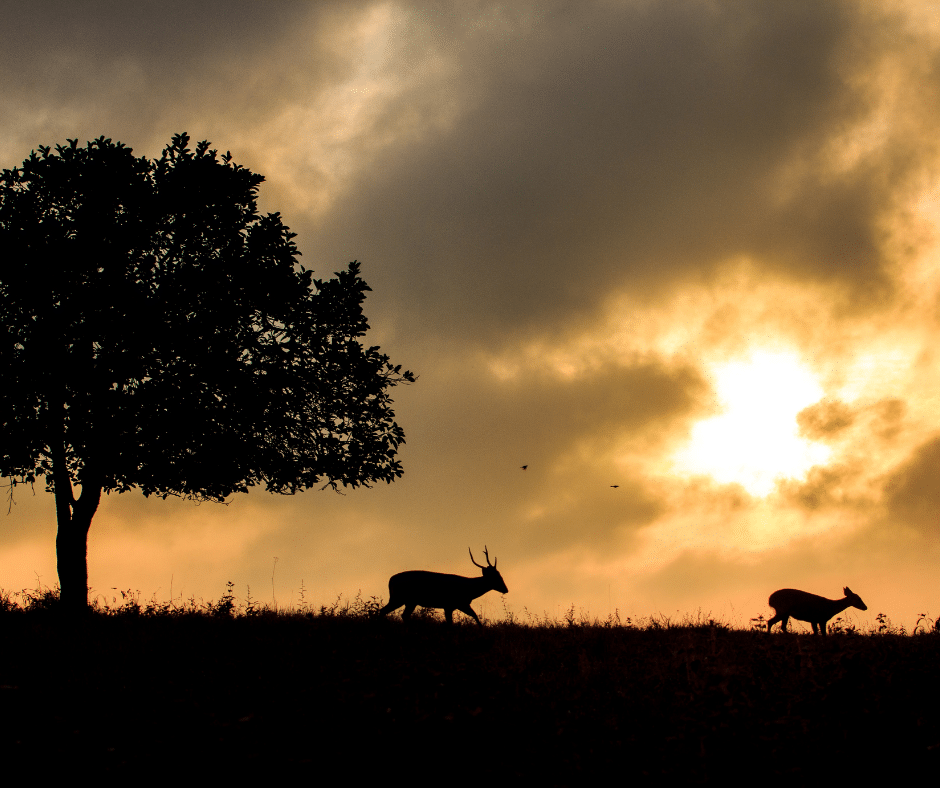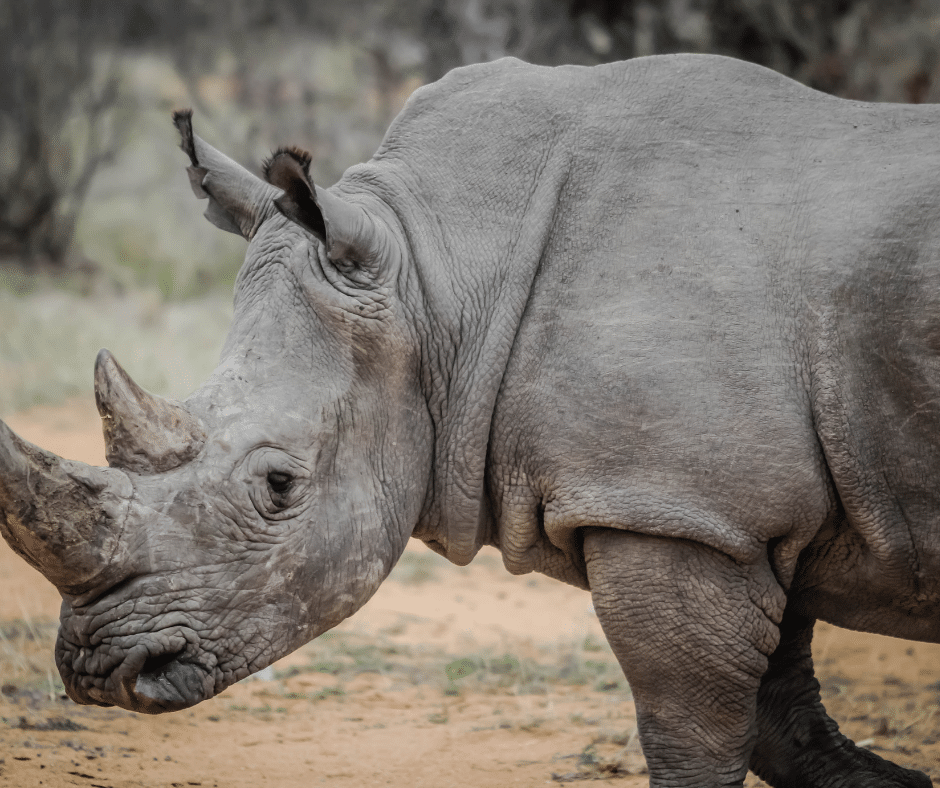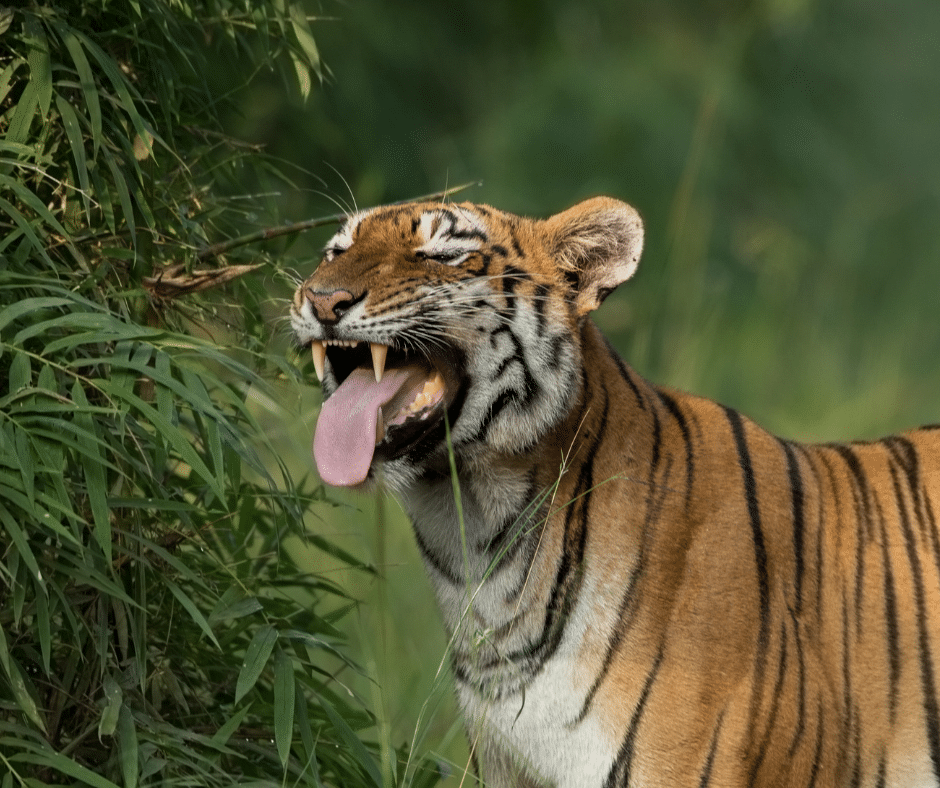When you think of extinction, what comes to mind? Dinosaurs, right? Extinction is a natural process that has been happening for millions of years. However, there is a new kind of extinction that is happening on our planet, and it’s called human-caused extinction.

This type of extinction occurs when humans interfere with the environment in such a way that species can no longer survive. In this blog post, we will explore how much wildlife has become extinct since the year 2000.
The year 2000 was a significant year for the environment. It was the beginning of the new millennium, and it was also the year that the United Nations adopted the Millennium Development Goals.
One of these goals was to reduce the rate of biodiversity loss by 2010. Unfortunately, this goal was not met. In fact, according to a study published in the journal Science, the rate of biodiversity loss has actually accelerated since 2000.
The study found that, on average, vertebrate species are going extinct at a rate of 100 times faster than they did before humans arrived on the scene. In other words, for every one species that becomes extinct each year, 100 more could become extinct by 2100.
This is a very alarming trend, and it’s one that we need to pay attention to if we want to protect the planet’s wildlife.
So far, we have lost a lot of species, and if we don’t act now, even more, will be lost in the future. We need to do everything we can to protect the planet’s biodiversity.

What animals went extinct in 2000?
The Pyrenean ibex, a variant of the Spanish ibex, is one of several more recently extinct creatures. The ibex, which inhabited the Pyrenees Mountains on France and Spain’s border, was declared extinct in 2000.

What can you do to help?
Here are a few things that you can do to help reduce the rate of biodiversity loss:
- Educate yourself about the issue and learn about the ways that humans are causing species to go extinct.
- Talk to your friends and family about the issue and spread the word about what’s happening.
- Support organizations that are working to protect the planet’s biodiversity.
- Reduce your own impact on the environment by making sustainable choices in your everyday life.
Every little bit helps, and if we all work together, we can make a difference. If you found this blog post interesting, be sure to check out our other blog posts on environmental issues. We cover a variety of topics, and we’re always adding new content, so there’s something for everyone.
